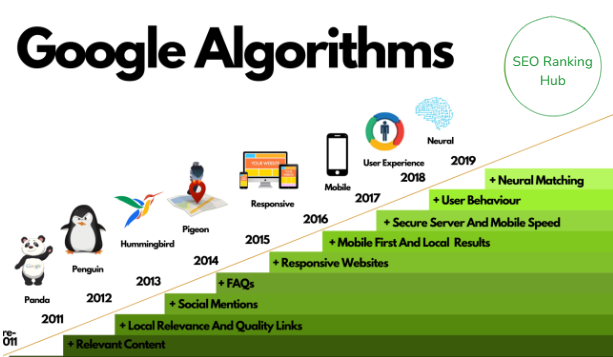
How to Perform a Technical SEO Audit (Step-by-Step Guide)
A technical SEO audit helps identify and fix the website problems that may affect search ranking. Whether you are the owner of a business, SEO professional or developer, which follows a structured audit process, is required to adapt to the benefit of the site. In this guide we will run through a step-by-step technical SEO audit.
1. Crying your site
Before making changes, you can analyze how the search engines are crawling your site.
✅ Use SEO audit tool
- Google Search Console (GSC) – Identify sequencing problems.
- Screaming Frog – Check out broken links, forwarding and metachodes.
- Sitebulb – Revision SEO deep.
✅ Fix review errors
- Check for 404 errors and use 301 redirects where needed.
- Make sure your robot .txt file does not block the necessary pages.
2. Check the sequencing problems
Make sure Google indexes its pages properly.
✅ Google Search Console (coverage report)
- Identify excluded pages and fix “searched but not indexed”.
- Submit an XML -SiteMap to help Google search faster.
✅ Canonical Tag
- Prevent duplicated material problems by specifying properly prescribed URL.
- Use self -related canonical tags on larger sides.
3. Customize the speed and performance of the site
The site’s speed affects the user experience and SEO rankings.
✅ Testing Website Speed
- Use Google PagesPeed Insights, GTMetrix, or Lighthouse.
- Aim for an LCP (largest controversial paint) under 2.5 seconds.
✅ Improve loading time
- Compress images using devices such as tinypng.
- Enable lazy loading for photos and videos.
- Use a material delivery network (CDN) for fast global access.
4. Make sure your mobile friend
With Google’s mobile-first sequencing, mobile customization is important.
✅ Mobile -friendly test
- Use Google’s mobile -friendly test tools to look for accountability.
- Make sure the text is readable without zooming.
✅ Fix Core Web Veils
- Adapt the cumulative layout shift (CLS) to prevent material shifts.
- Line the first input delay (FID) by improving the performance of the script.
5. Secure your site (https and security)
Google prioritizes safe websites.
✅ Check for implementation of https
- Make sure SSL is active and that all HTTP sites are redirected at HTTPS.
- Fix mixed material problems (http resource on https sides).
✅ Increase security
- Use security headings such as Material Protection Policy (CSP).
- Scan regularly after malicious software and weaknesses.
6. Adapt the internal coupling structure
A well-structured internal connection strategy improves crushing and ranking.
✅ Best practice for internal links
- Use natural key orderly anchor text.
- Make sure important pages have sufficient internal links.
- Fix orphans (pages with no internal links pointing to them).
7. Audit -structured data (Schima Markup)
The structured data search helps the engine better understand your content.
✅ Use Schima Markup
- Use relevant skimpy types (eg common questions, product, review).
- Test the scheme using Google’s rich result test.
8. Check and fix redirect
Incorrect way can damage the SEO -ER.
✅ Redemption of best practice
- Use 301 permanent URL changes.
- Avoid forwarding chains and loops.
9. Identify and fix duplicate material
Duplicated material can cause ranking problems.
✅ Stop duplicate material
- Use canonical tags on the same pages.
- Enter the correct pagination (rel = prev/next is designated, use the correct link).
Final thoughts
A technical SEO audit is necessary to maintain a healthy website that ranks far into the search engine. Regularly, these checks make your site customized, safe and user -friendly.
📢 Have you recently revised a technical SEO? Share your experience in the comments!











